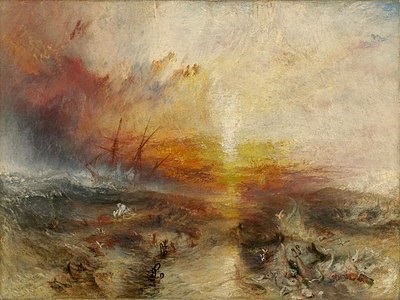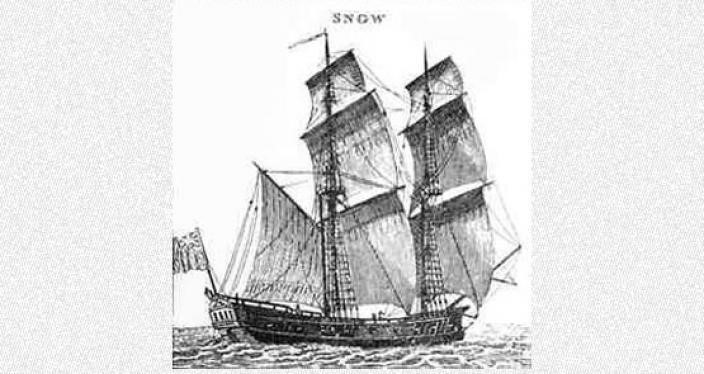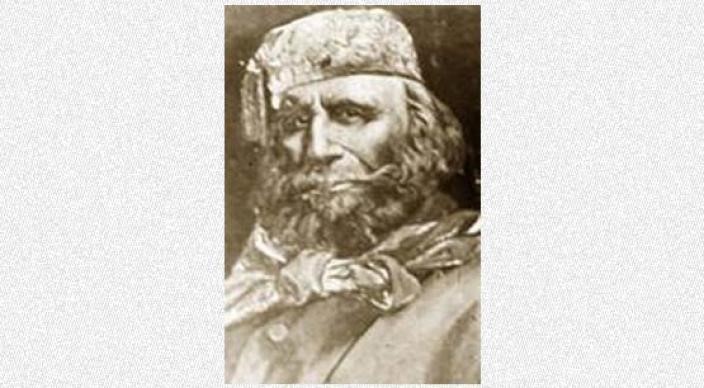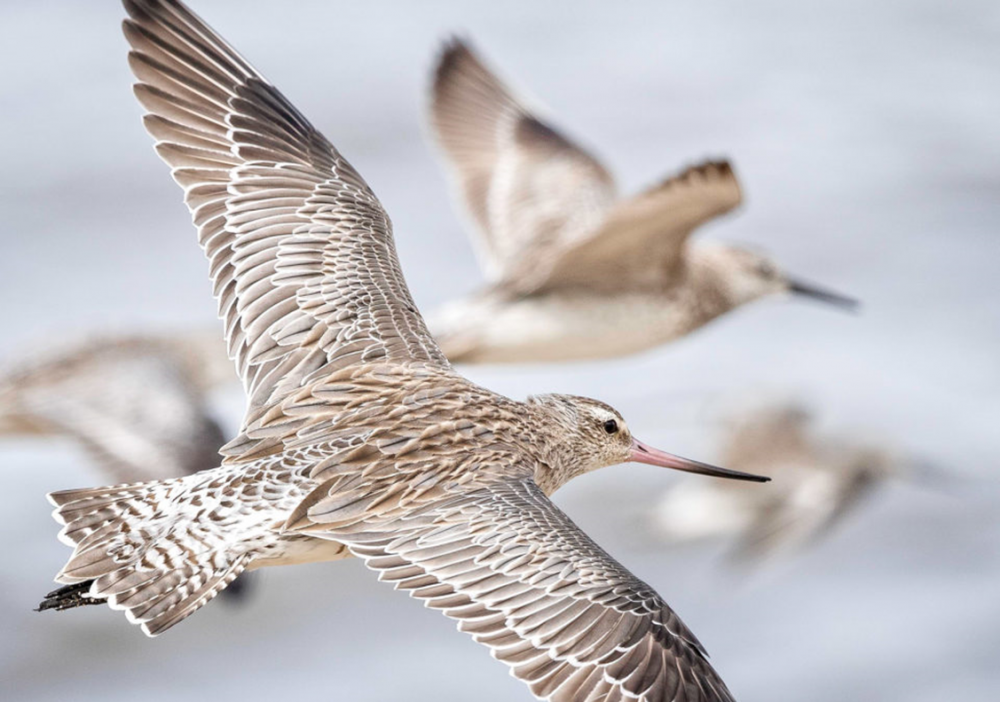A maritime history of
slavery relics in a place like Australia would be a bit thin you would think,
but not so. Quite a lot of vessels that plied the seas of the Australian coast
were engaged in some form of slave trade at some time. In the pre-20th century
era, slavery was widespread. A lot of former slave vessels ended up on our
coast.

A slaver brig, one of the “black craft”
The Portuguese were the first to engage in the Atlantic slave trade. They kidnapped people from the West African coast to work in the newly established European plantations in the Americas. Several slaving companies established outposts on the African coast where they purchased slaves from local African leaders. Current estimates are that about 12 million Africans were shipped across the Atlantic over a span of 400 years. Near the beginning of the 19th century, various governments acted to ban the trade. By 1833 the Royal Navy was actively suppressing it, but it wasn’t stamped out in Brazil until the 1880s.
Instead of the large sailing
ships used in the eighteenth century, slavers in the nineteenth century had to
use light and fast schooners or brigs, able to outrun Navy ships. After 1800,
quite a lot of ships were confiscated off slave ports and were sold to be
reused in the Australian trade.

Turner’s, the Slaver
WA – The “James Matthews”
Perhaps the best known and most deeply researched slaver wreck in Australia is the James Matthews. On 25th April 1837 the brig Don Francisco was seized as a prize near the island of Dominica by the Brigantine HMS Griffon. At that time the Don Francisco had 433 slaves on board and was in a near sinking state.

The Don Francisco was owned by the notorious slave dealer Francisco Felis da Souza, who arrived in West Africa from Brazil around 1800. He traded in humans, and goods out of the Portuguese controlled fort at Whydah on the coast of Benin. Don Francisco was sold, repaired and entered into general trading under British registration and re-named James Matthews.
The James Matthews left London for Fremantle on 28th March 1841 with a cargo of 7,000 slates; farming implements; general cargo; 3 passengers and a crew of 15.
James Matthews was a snow-brig of 107 tons, registered at the Port of London. The vessel was 80.2 feet in length, with a breadth of 21 feet and a depth of 11.5 feet (approximately 24.5 m x 6.5 m x 3.5 m). It had one deck, two masts, a square stern, male bust figurehead [possibly of De Souza] and no galleries.

The wreck was located on 22nd July, 1973 on the north side of Woodman’s Point in Cockburn Sound.
Victoria – The “Shah”
The small schooner Shah was known formerly as the Frasquita/Centella, when it had been engaged in the illegal African slave trade. It had one and a half decks, square rigging with a bowsprit, a square stern and a griffin figurehead. In 1831 it was captured, and then auctioned in Sierra Leone. It was taken to Leigh in Scotland for repairs. She was eventually sold to Australian buyers.
In 1837 the Schah was forced
to alter its course away from the Victorian coast due to gale-force winds. When
the winds had dropped, the vessel began drifting dangerously towards land in
the pitch darkness. Bower anchors were dropped, but the larger of these broke
while the other dragged. The Schah struck the seabed violently a number of
times. Lifeboats were launched but a boat carrying eight passengers, including
all four women, one child and three crew, was swamped. While two of the crew
were able to swim back to the schooner, the rest drowned. The thirteen
survivors, battered and bruised from being washed over the rocks, then made a
five day journey to the settlement at Twofold Bay. The wreck was later located
at Shipwreck Creek.
NSW – Duke of Wellington
Built in 1843, this slaver was captured and condemned at Sierra Leone in 1852. It had made its way to Melbourne by 1855. In 1863, while on a voyage from Wollongong to Bellambi, it capsized off Bellambi with the loss of five lives. The captain and cook clutched onto a piece of wreckage and were picked up fourteen hours later by the steamer “Hunter”. The wreck hasn’t been located.
Tas – Henry
This 74 foot long brig of 145 tons was said to have been built at Majorca and seized for slavery at Sierra Leone in 1833. She was registered at Launceston by 1844. Captain Alfred Thomas Farley took her on a voyage from Launceston for Port Adelaide, but stranded near Symmonds Mistake, Tamar Heads on or about 4 September 1848. She was eventually refloated and towed up to Launceston, where attempts to sell her at auction failed. She was broken up at Market Wharf.
TAS – Elizabeth.
This schooner of 70 foot long was seized as a slaver prior to April 1845 when she was probably rigged as a brigantine. She was registered in Melbourne in 1851. She was in the Melbourne-Port Adelaide trade. On 21 May 1852, she went ashore at Flat Topped Point on the Victorian coast. She was salvaged and sold to Mauritius owners. She returned to Melbourne in 1853. On a voyage from Geelong to the Mersey, she sprang a leak in Bass Strait and beached near the wharf at Circular Head. After the gear and fittings were removed, the vessel was broken up for firewood.
Tas – Scout
Brig SCOUT, Encounter Bay 11 June 1840
This 81 foot long brig of 96 tons was seized as a slaver at Sierra Leone in 1838. She came to South Australia around 1840, and was registered at Hobart after 1846. On 22 May 1849, she was on a voyage from Hobart to Port Adelaide, when she struck an apparently uncharted rock. It was possibly Salamander Rock, about three miles east-north-east of Black Reef off Cape Naturaliste, north-east Tasmania. The schooner John Bull saw the brig in distress and bore up to lend assistance. No lives were lost.
